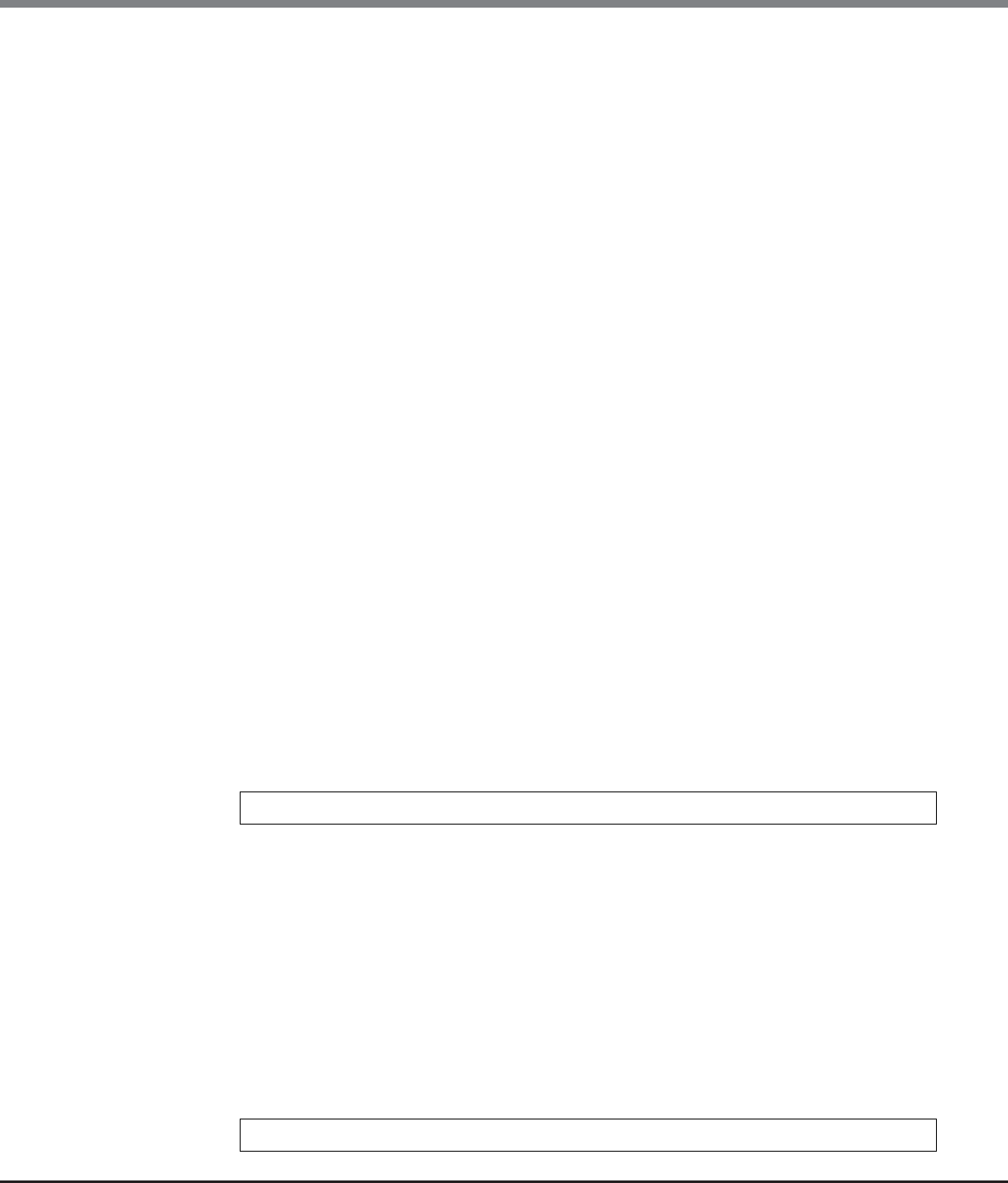
Chapter 5 Volume Management
5.2 Functions in the Action Area for Volume
ETERNUS Web GUI User’s Guide
Copyright 2013 FUJITSU LIMITED P2X0-1090-10ENZ0
151
• Multi Writeback Count (MWC)
Specify the Multi Writeback Count between "1" and "16". It is not necessary to change the default
setting for normal use. If multiple volumes with different settings are selected and [Modify Cache
Parameters] is clicked, the field is blank.
The Multi Writeback Count cannot be specified for volumes that are concatenated by the LUN
concatenation function.
When specifying a larger "Multi Writeback Count" value, sequential write access performance is
improved. Note that this is not effective when a number of random write accesses occur. Depending
on the ratio of read access and write access, read access performance may be reduced.
• Prefetch Sequential Detect Count (PSDC)
Specify the Prefetch Sequential Detect Count between "1" and "255". The default value is "3". It is not
necessary to change the default setting for normal use. If multiple volumes with different settings
are selected and [Modify Cache Parameters] is clicked, the field is blank.
If the host splits data into multiple pieces and performs read access in succession, the access may
be determined as sequential access even if it is actually random access. When specifying a larger
"Prefetch Sequential Detect Count", the required number to detect sequential data for determining
sequential data access is increased and a reduction in performance due to incorrect prefetch can be
avoided. Depending on the amount of sequential data, a high PSDC value slows the determination
of sequential data access and performance may be reduced.
• Sequential Dirty Detect Count (SDDC)
Specify the value of the Sequential Dirty Detect Count between "1" and "255". The default value is
"3". It is not necessary to change the default setting for normal use. If multiple volumes with differ-
ent settings are selected and [Modify Cache Parameters] is clicked, the field is blank.
If the host splits data into multiple pieces and performs write access in succession, the access may
be determined as sequential access even if it is actually random access. When specifying larger
"Sequential Dirty Detect Count", the required number to detect sequential data for determining
sequential data access is increased and a reduction in performance due to incorrect prefetch can be
avoided.
Depending on the amount of sequential data, a high SDDC value slows the determination of
sequential data access and performance may be reduced.
• Sequential Slope (SS)
Specify the value of the Sequential Slope between "0" and "4096". If the following equation is true
for sequential data access (Read I/O), the access is determined as sequential access. The default
value is "0". It is not necessary to change the default setting for normal use. If multiple volumes
with different settings are selected and [Modify Cache Parameters] is clicked, the field is blank.
The following can be also determined as sequential access.
- A sequential access that does not have successive Logical Block Addresses (LBAs) and skips
some addresses
- A sequential access that issues multiple host I/Os at the same time and is unable to be received
in the order of LBAs
A high SS value may cause random access to be determined as sequential access, resulting in
reduced performance due to incorrect prefetching.
• Sequential Dirty Slope (SDS)
Specify the value of the Sequential Dirty Slope between "0" and "4096". If the following equation is
true for sequential data access (Write I/O), the access is determined as sequential access. The
default value is "0". It is not necessary to change the default setting for normal use.
If multiple volumes with different settings are selected and [Modify Cache Parameters] is clicked,
the field is blank.
(End LBA of the previous I/O + 1) + SS (Sequential Slope) ⊇ Start LBA of the current I/O
(End LBA of the previous I/O + 1) + SDS (Sequential Dirty Slope) ⊇ Start LBA of the current I/O


















